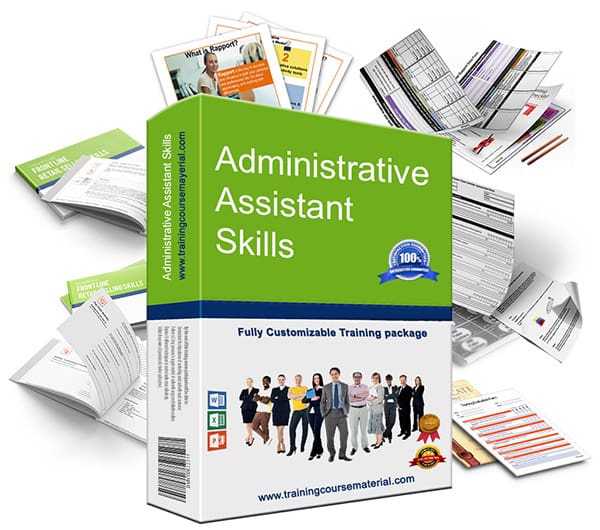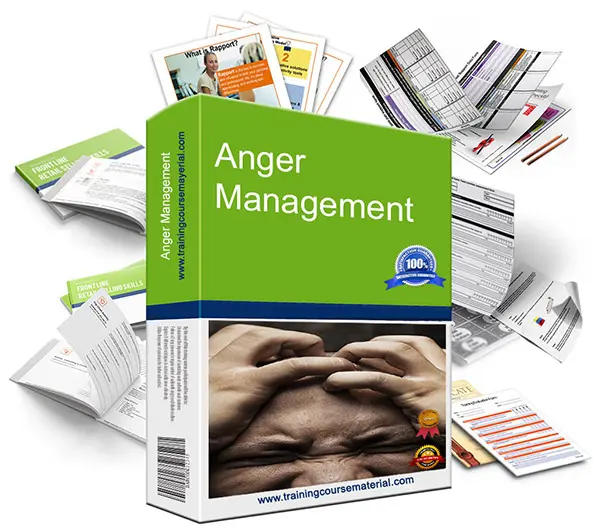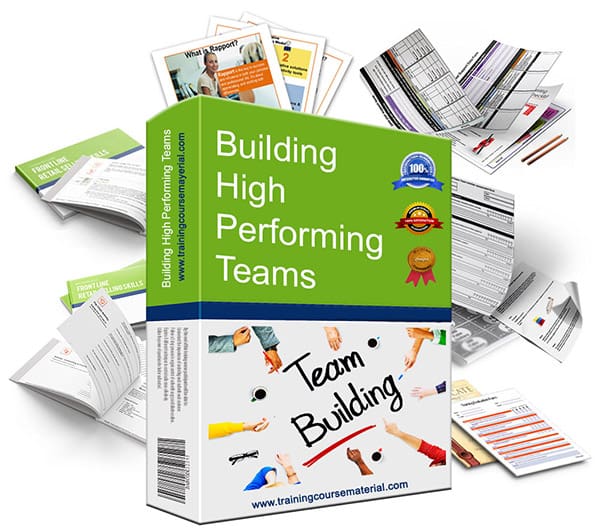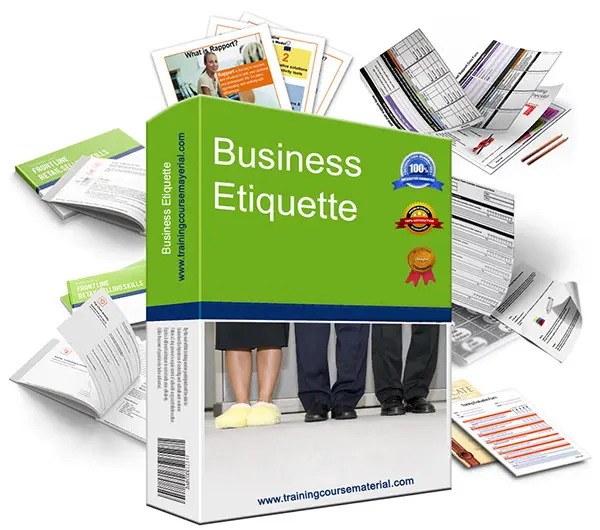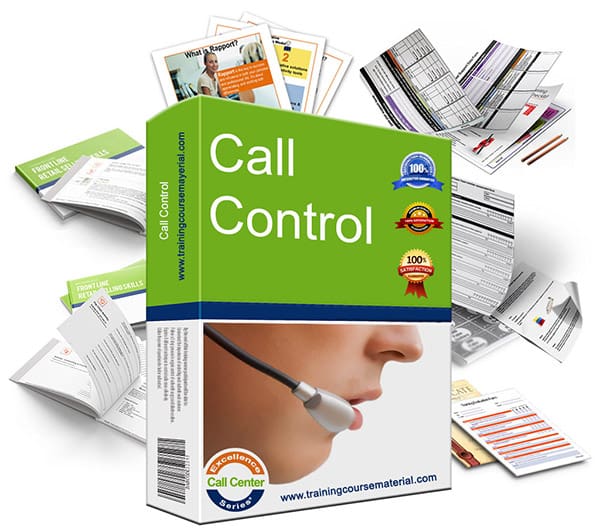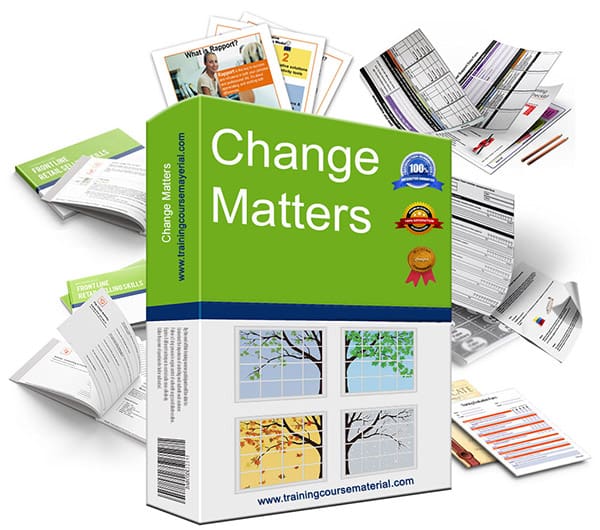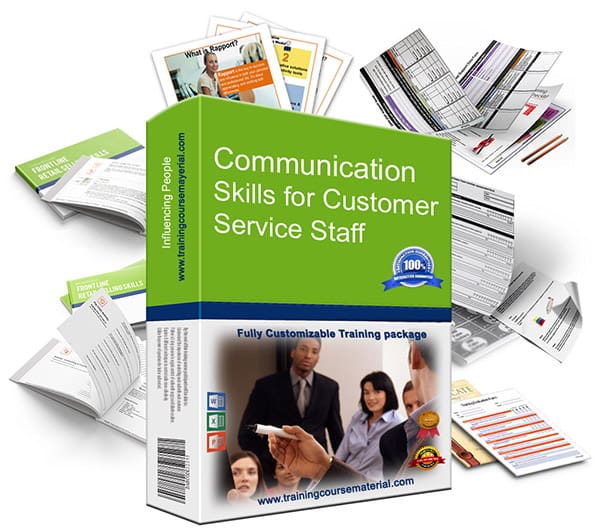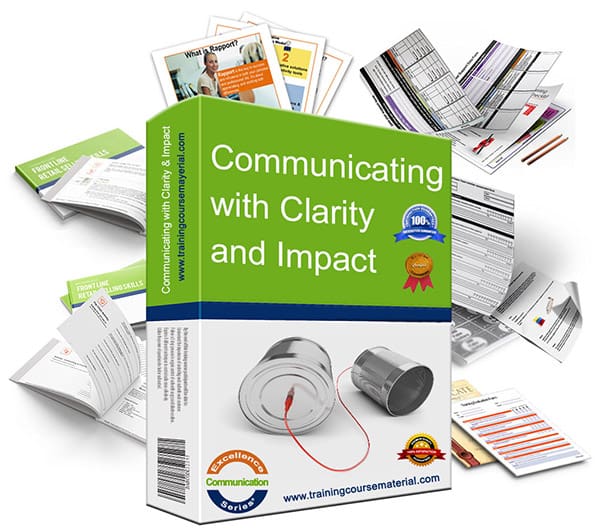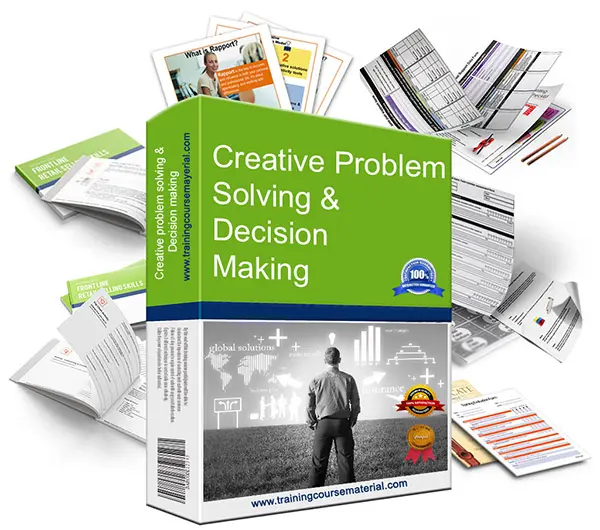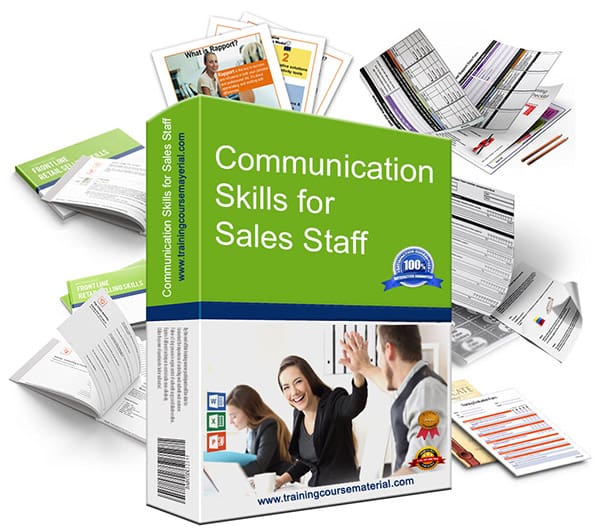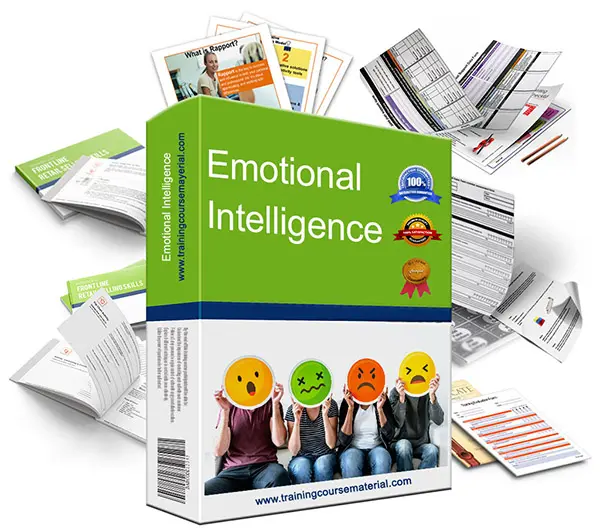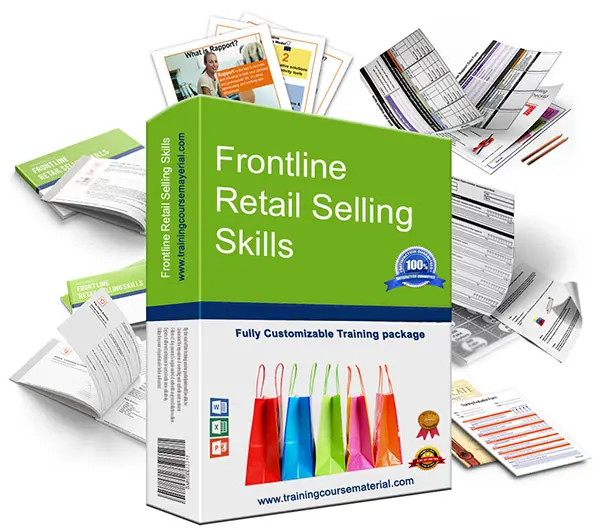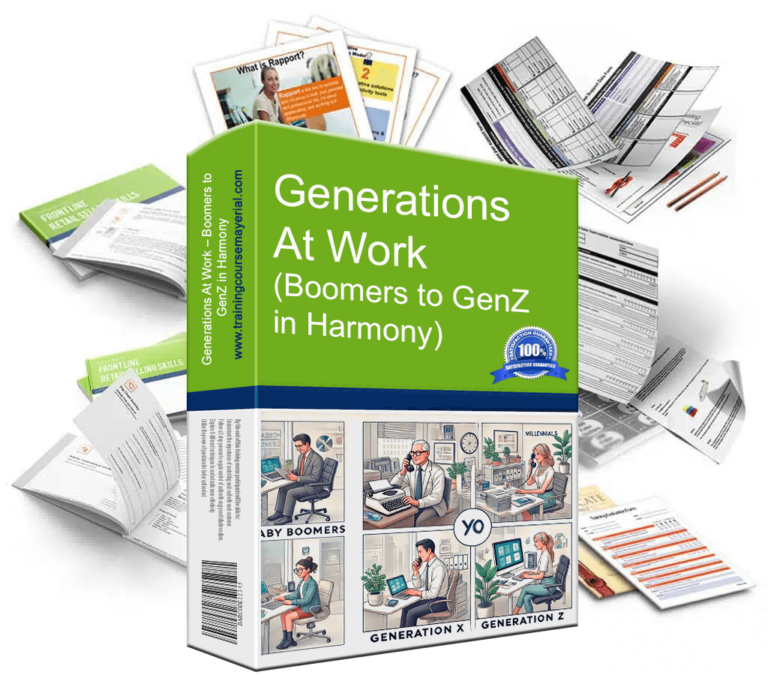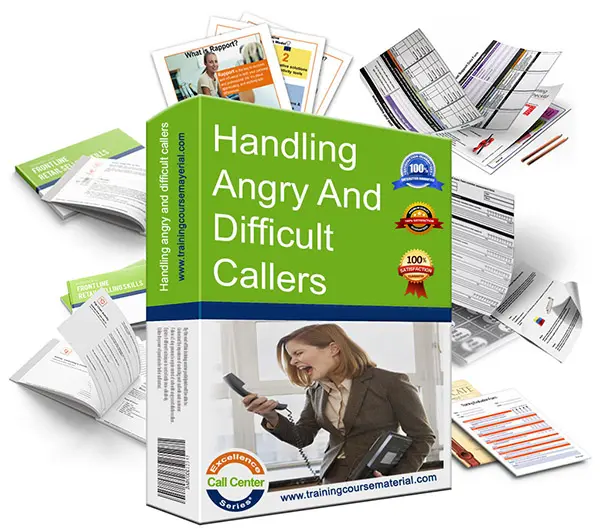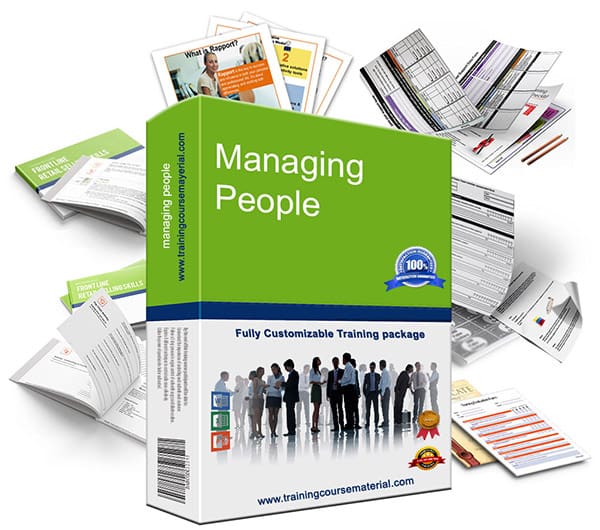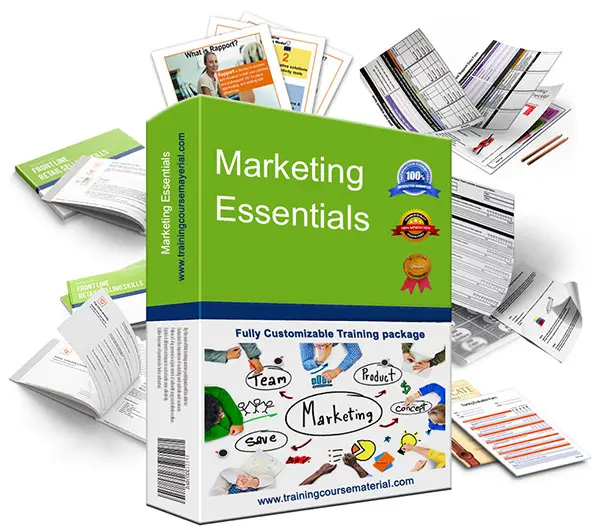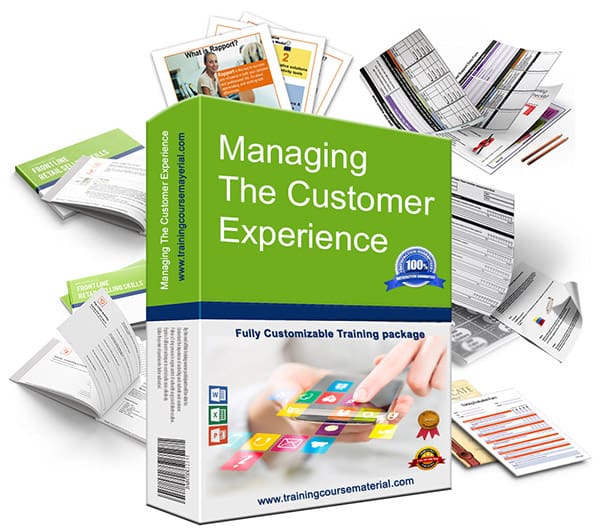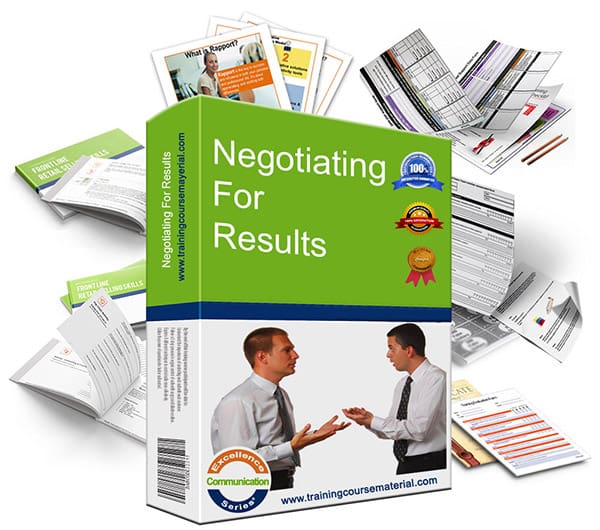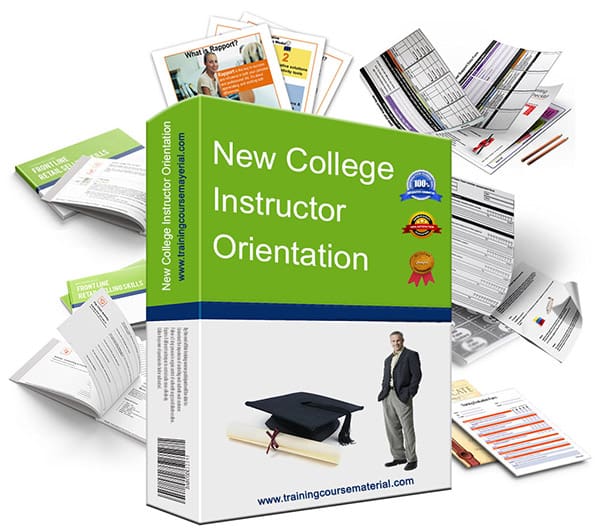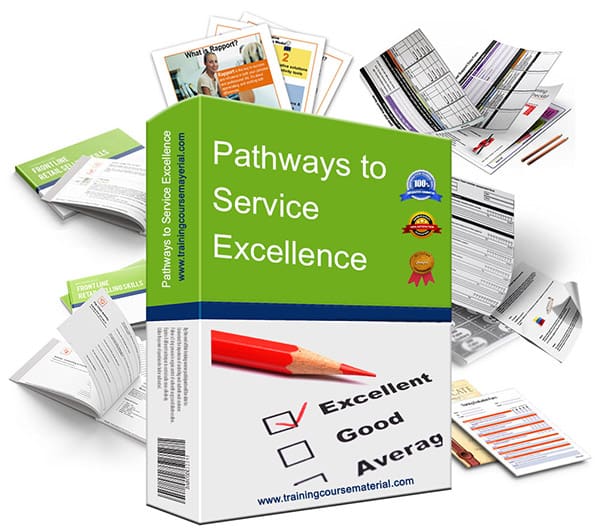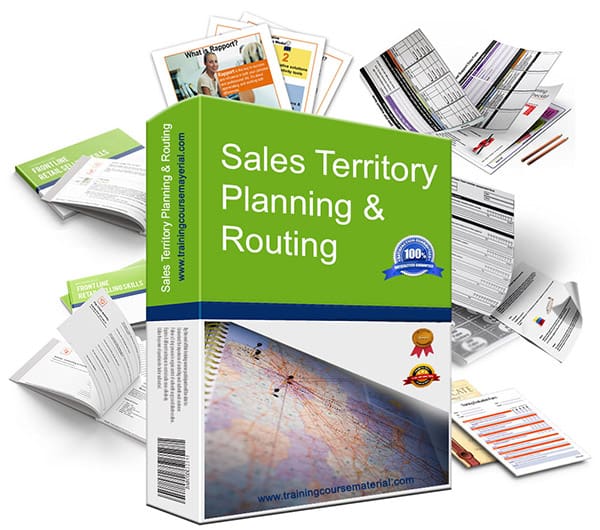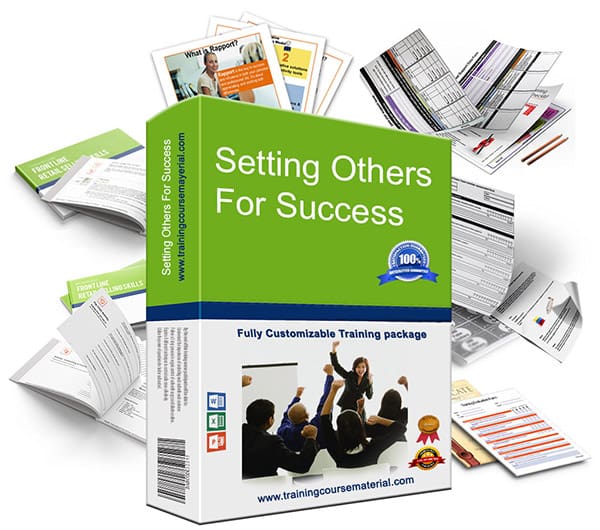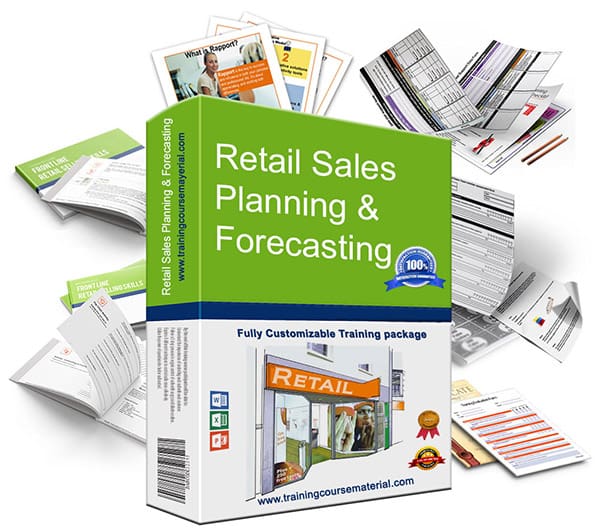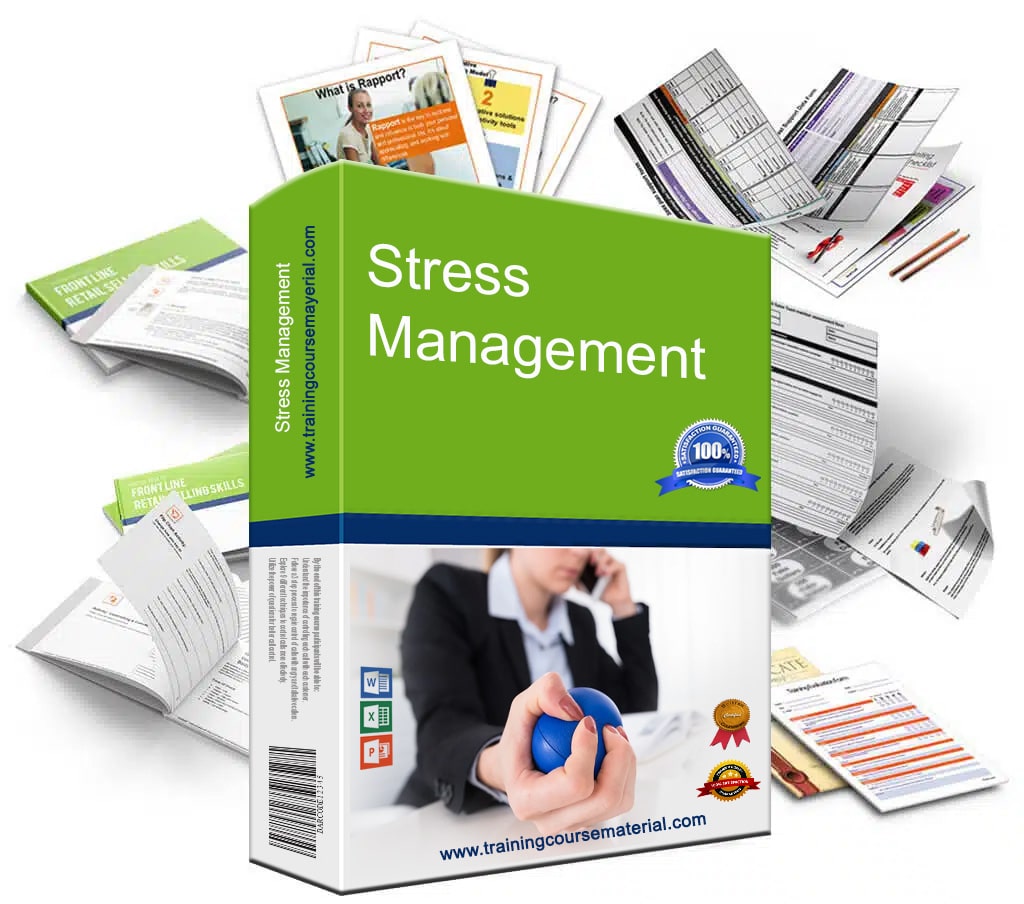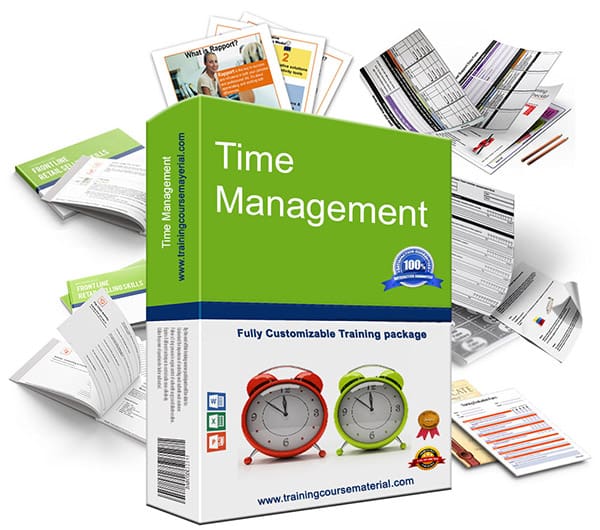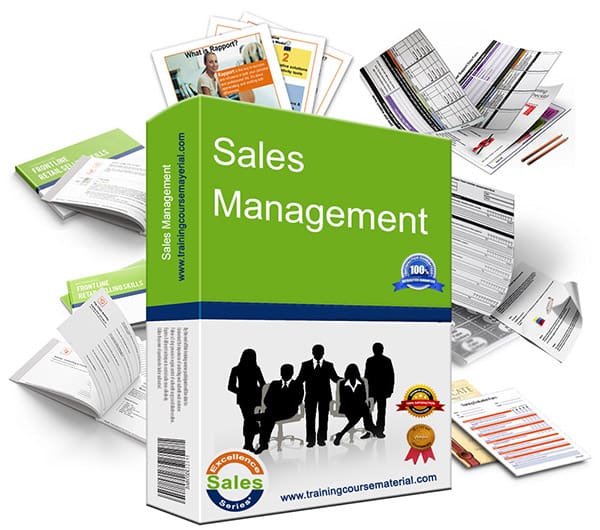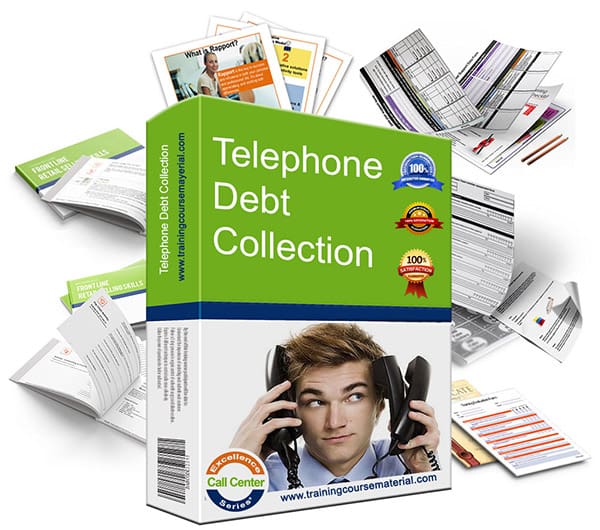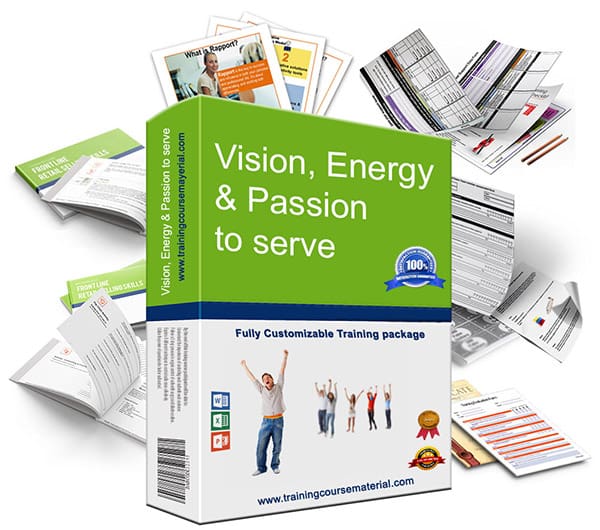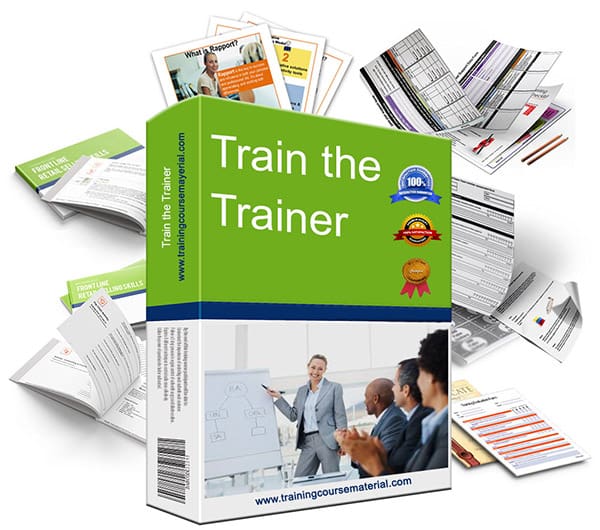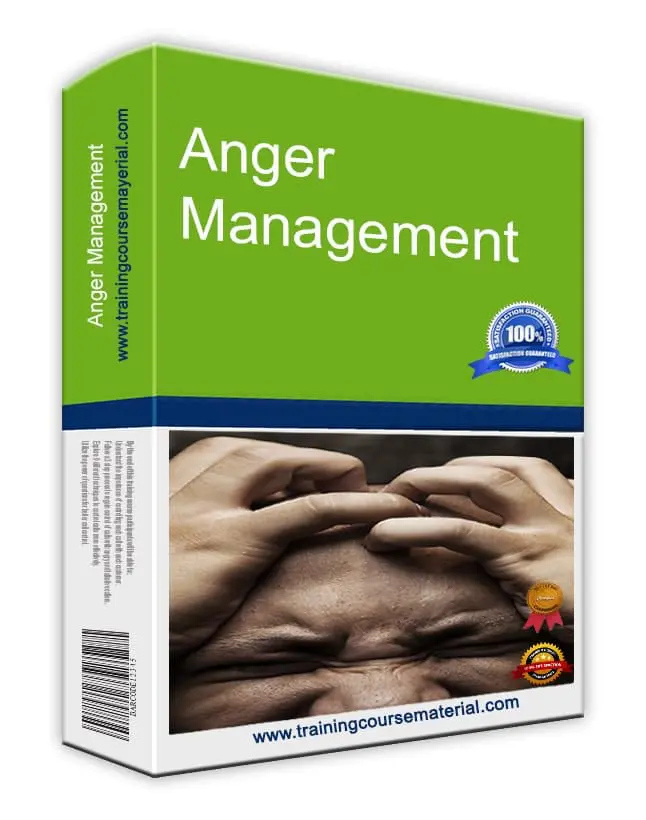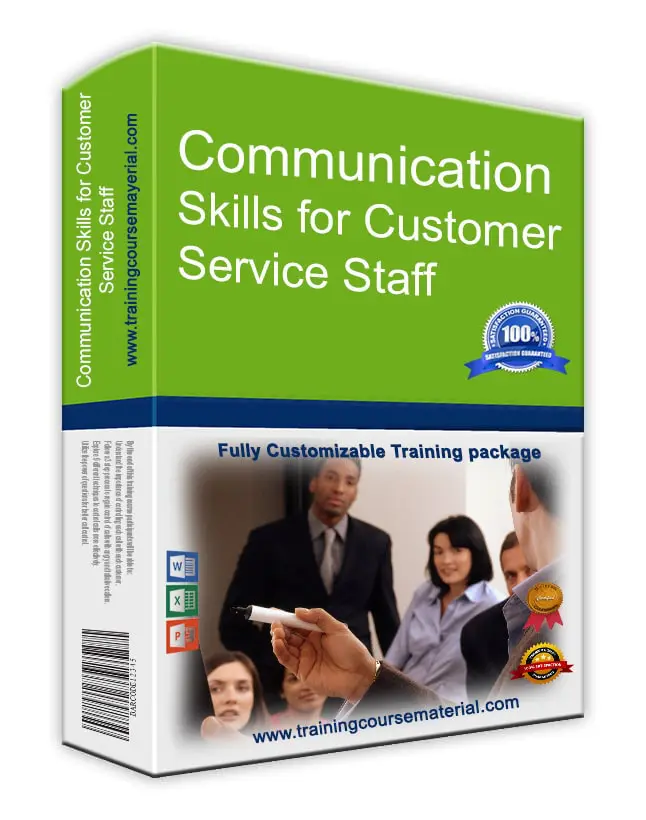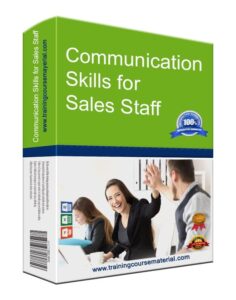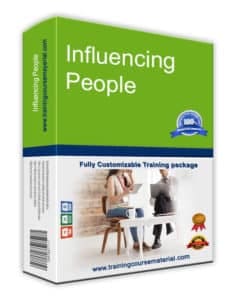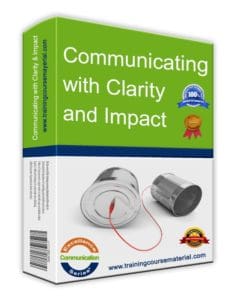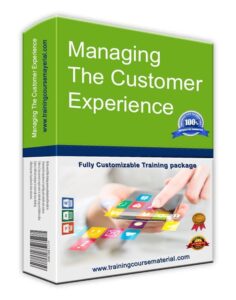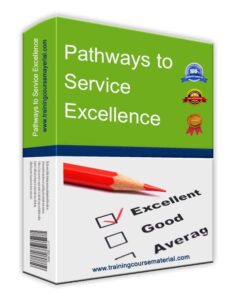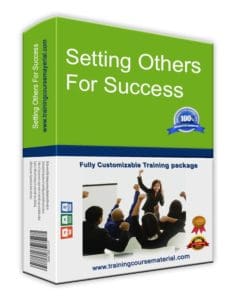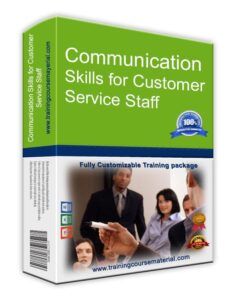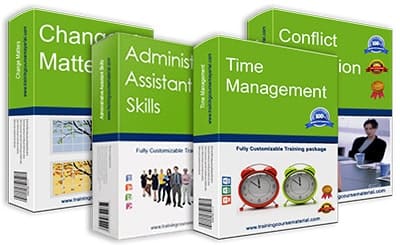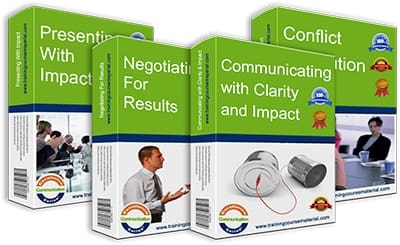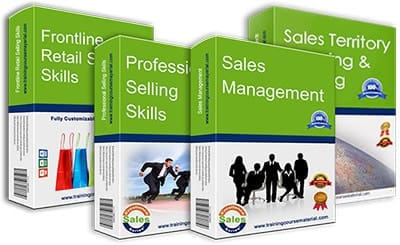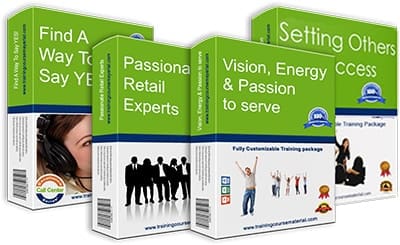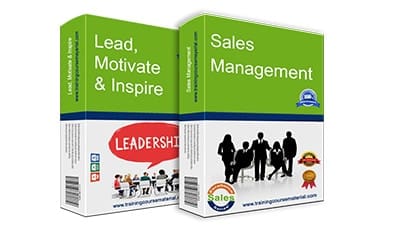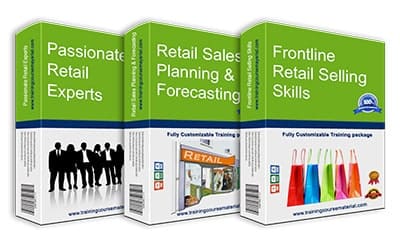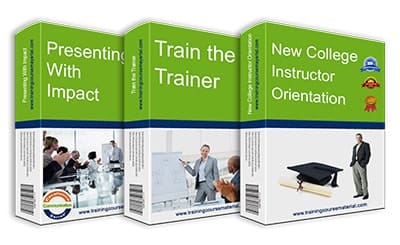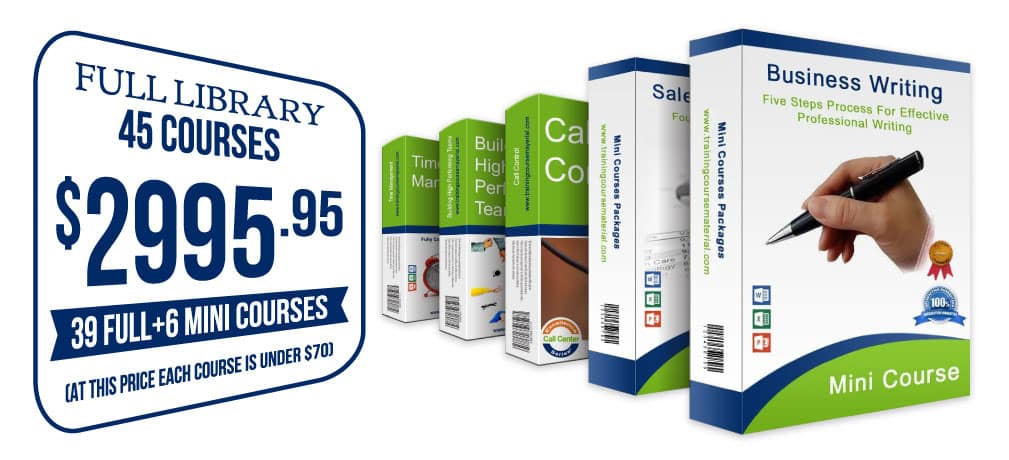The objective is to demonstrate that creativity is more likely to flourish under unstructured than under structured supervision. (But don’t tell the group this in introducing the game.) Before introducing the game, assemble 25 objects and place them in a 8½ “11” envelope, one envelope per team. Each envelope should contain an identical 25 objects.
The objects should cover a wide variety of materials and may include the following
Commemorative postage stamp
Plastic spoon
Highway map
Ketchup (in small plastic bag)
Sugar packet
Coin
Stone
Small pine cone
Aspirin
Candle
Piece of plastic
Key
Piece of wire
Screw or nail
Hair pin
Pencil
Telephone memo slip
Needles or pins
Button
Piece of cloth
Matches
Beer can opener
Coping saw blade
Steps To play the game:
1. Divide the group into teams of five to nine persons.
2. Appoint a leader for each group. The leaders are to function differently—some will be relaxed, encouraging, unstructured leaders (Supervisors A); the others will be more structured (Supervisors B). Each leader receives only his/her instructions in writing and does not see the other instructions.
The instructions to be given to the unstructured leader, Supervisor A, follow
Instructions for Supervisor A (print as an instruction sheet)
Your group has the task of grouping (classifying) a number of miscellaneous objects. Your group’s creativity will be measured by its ability to come up with as many groupings as it can in the ten minutes available. Your job is to unleash the creativity that resides in the group. Since the task is clear-cut, just start them off with an encouraging sentence or two. Then give them their instruction sheets, dump the 25 objects on the table, and begin to work for the ten minutes.
The instructions for the structured supervisor follow
Instructions for Supervisor B (Print as an instruction sheet)
Your group has the task of grouping (classifying) a number of miscellaneous objects. Your group’s creativity will be measured by its ability to come up with as many groupings as it can in the ten minutes available. Prior experience with this game indicates that your group will perform well if it receives a helpful “pep talk” preliminary to their actual work on the task. It is thus essential that you talk to them for four or five minutes on the importance of putting things into groups or categories. Use examples from
Everyday experience—for example, a supermarket couldn’t function if it didn’t group its products properly (apples, oranges, cookies, cereals, meats, frozen foods, etc.); the auto industry couldn’t serve its clients if it didn’t carefully group its replacement parts using various lists and catalogs; imagine a library without a system of classifying its books, or stamp collectors who didn’t group their stamps by country, or zoologists and botanists who failed to classify fauna and flora.
Company experience—for example, the personnel office groups jobs in classes for recruitment and pay purposes; secretaries maintain groupings of letters (files) for easy reference.
After your introduction, don’t pause for questions. Just pass out the instruction sheets, dump the 25 objects on the table, and begin to work for the ten minutes.
3. The best physical arrangement for the game is to have each group work in a separate room. A large room may also allow for privacy and noninterference from the other group(s). If a private room is not available, let the teams work one at a time, with the non-players staying outside the game room. Instruct each group to stay together and not to talk to each other, or it will spoil the game.
4. Each team should have a table to work on, a flipchart sheet or two to record their categories, and a felt-tip pen.
5. Have the team leaders hand out the following instructions to each member of their team when the task begins, but not before that time:
Group Instructions (print as an instruction sheet)
This game is designed to ascertain the creative power of your group. Your task is to
Come up with as many different groupings (categories or classifications) as you can of the 25 objects that you have been given; for example, your ball point pen can be put into such groupings as plastic, metal, etc.
List the groupings on the newsprint sheet.
Perform the task in ten minutes.
6. If manpower allows, appoint observers, one for each team. Instruct them to look for factors which influence—help or hinder—creativity. Also pay particular attention to items in their instruction sheet, which follows:
Instructions for Observer (print as an instruction sheet)
As observer you observe the action silently. Do not intervene, except to call time after ten minutes of work.
Note: The team leader begins the assigned task after he/she has made his/her introductory remarks. He/she is not to allow for a question period since the participants have instruction sheets. Pay particular attention to
Factors or influences which encourage group creativity.
Factors or influences which inhibit creativity.
The role of the leader: Is he/she encouraging, friendly, supportive, dominating, discouraging, argumentative, neutral, and passive?
Climate: What is the group atmosphere and is it conducive to creativity?
Participation: Is it widespread, or do one or two people take over? Does this help or hurt creativity?
If there were any real breakthroughs, what were they and what produced them?
7. Divide the total group into subgroups and position them at different points in the room.
Introduce the game as follows
“We are about to engage in a game which will test the creative power of your group. I will now appoint team leaders and give them their instructions. Will the team leaders please step forward and read your instructions privately?” After they have read their instructions, give them each the big envelope of objects and a group of participant instruction sheets.
Call each group of leaders (A vs. B) aside separately to check if they have questions. Tell them that their sequence of operations is as follows:
1. “Have everyone find a seat around the table.”
2. “Deliver your introductory remarks and get going. Do not pause for questions since the participants are being given an instruction sheet.”
3. “Pass out the participant instruction sheets and dump the 25 objects on the table. This is the signal to begin work.”
4. “Conduct the task for ten minutes.”
After all teams have done their work, either simultaneously or in sequence as privacy conditions may allow, have the team leaders post their flipcharts to the wall and count the number of categories their groups produced.
Note
Every entry is a category since the instructions said nothing about general categories, subcategories, etc. Anticipate some argument on this point, but hold firm to your position.
Experience with this game indicates that these results will typically ensue:
1. The structured team(s) will perform less well than the unstructured ones. Why? Because structure inhibits creativity: “If you give Johnny a paint brush and ask him to paint a horse, you’ll only get a horse. But if you say: ‘Johnny, draw whatever you like,’ you may get the Mona Lisa.”
2. Sometimes both kinds of teams have a tie, or nearly so. If so, the question is: “If lectures don’t make a difference, why give them? Why run the risk of smothering creativity with a lot of patter? If you over-communicate, the group has two problems: the assigned task and how to cope with the leader’s input about the task.”
3. If, as a less likely possibility, the structured team wins by a large margin, ask the observer what produced the creativity. Also, tell them that this result is unusual, for typically the added structure tends to confuse people, slow down the group, and inhibit its creativity. Conclude the discussion by asking participants to draw on their own experience concerning the impact of high/unnecessary structure on creativity.

